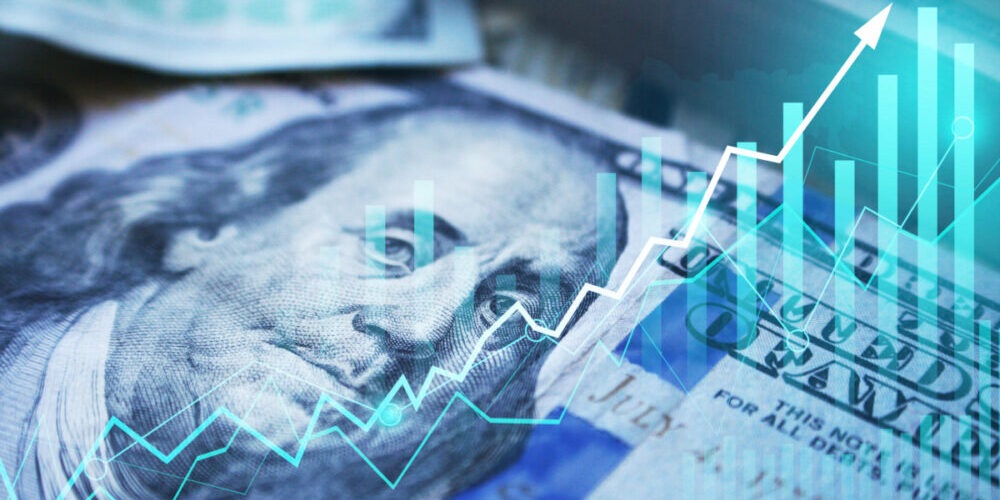The Federal Reserve, often referred to as the Fed, stands as the central bank of the United States and holds a pivotal role in shaping the nation’s monetary policy, regulating financial institutions, and fostering economic stability. Established in 1913, the Fed operates as an independent government agency tasked with promoting maximum employment, stable prices, and moderate long-term interest rates. Here’s what insiders like Kavan Choksi
have to say about the functions, structure, and impact of the Federal Reserve on the U.S. economy.
One of the primary functions of the Federal Reserve is to conduct monetary policy to achieve its dual mandate of maximum employment and price stability. The Federal Open Market Committee (FOMC), composed of members of the Federal Reserve Board of Governors and regional Reserve Bank presidents, is responsible for setting monetary policy objectives and implementing policy measures. Through its control over the federal funds rate, the interest rate at which banks lend reserves to each other overnight, the Fed influences borrowing costs, consumer spending, and investment decisions, thereby impacting economic activity and inflation.
Moreover, the Federal Reserve conducts open market operations, such as buying and selling government securities, to manage the supply of money and credit in the economy. By adjusting the size and composition of its balance sheet, the Fed influences the level of bank reserves, money supply, and overall liquidity in financial markets. Additionally, the Federal Reserve provides liquidity to financial institutions and markets during times of crisis to prevent disruptions and maintain stability in the banking system.
Furthermore, the Federal Reserve serves as the regulator and supervisor of the U.S. banking system, overseeing banks, thrifts, and financial holding companies to ensure their safety and soundness. The Fed conducts examinations, sets prudential standards, and enforces regulations to mitigate risks and prevent financial crises. Through its regulatory and supervisory functions, the Federal Reserve aims to maintain confidence in the banking system, protect consumers, and promote the stability of financial markets.
In addition to its monetary policy and regulatory functions, the Federal Reserve operates as the central bank for the U.S. government, providing banking services, managing the government’s accounts, and facilitating debt issuance and redemption. The Fed acts as the government’s fiscal agent, executing monetary transactions, managing public debt, and advising on matters relating to economic policy and public finance. Moreover, the Federal Reserve plays a crucial role in coordinating with other central banks and international organizations to address global economic and financial challenges.
In recent years, the Federal Reserve has faced new challenges and uncertainties, including the COVID-19 pandemic, geopolitical tensions, and technological disruptions in the financial sector. These challenges have tested the Fed’s ability to maintain stability, adapt to changing circumstances, and support the economy through monetary and regulatory measures. However, through its proactive approach, expertise, and commitment to its mandate, the Federal Reserve continues to play a crucial role in safeguarding the stability and resilience of the U.S. economy.
In conclusion, the Federal Reserve stands as a cornerstone of the U.S. financial system, with a broad range of functions and responsibilities. From conducting monetary policy to regulating financial institutions and providing banking services, the Fed plays a central role in promoting economic stability and prosperity. As the U.S. economy evolves and faces new challenges, the Federal Reserve remains committed to fulfilling its mandate and serving the best interests of the American people.




